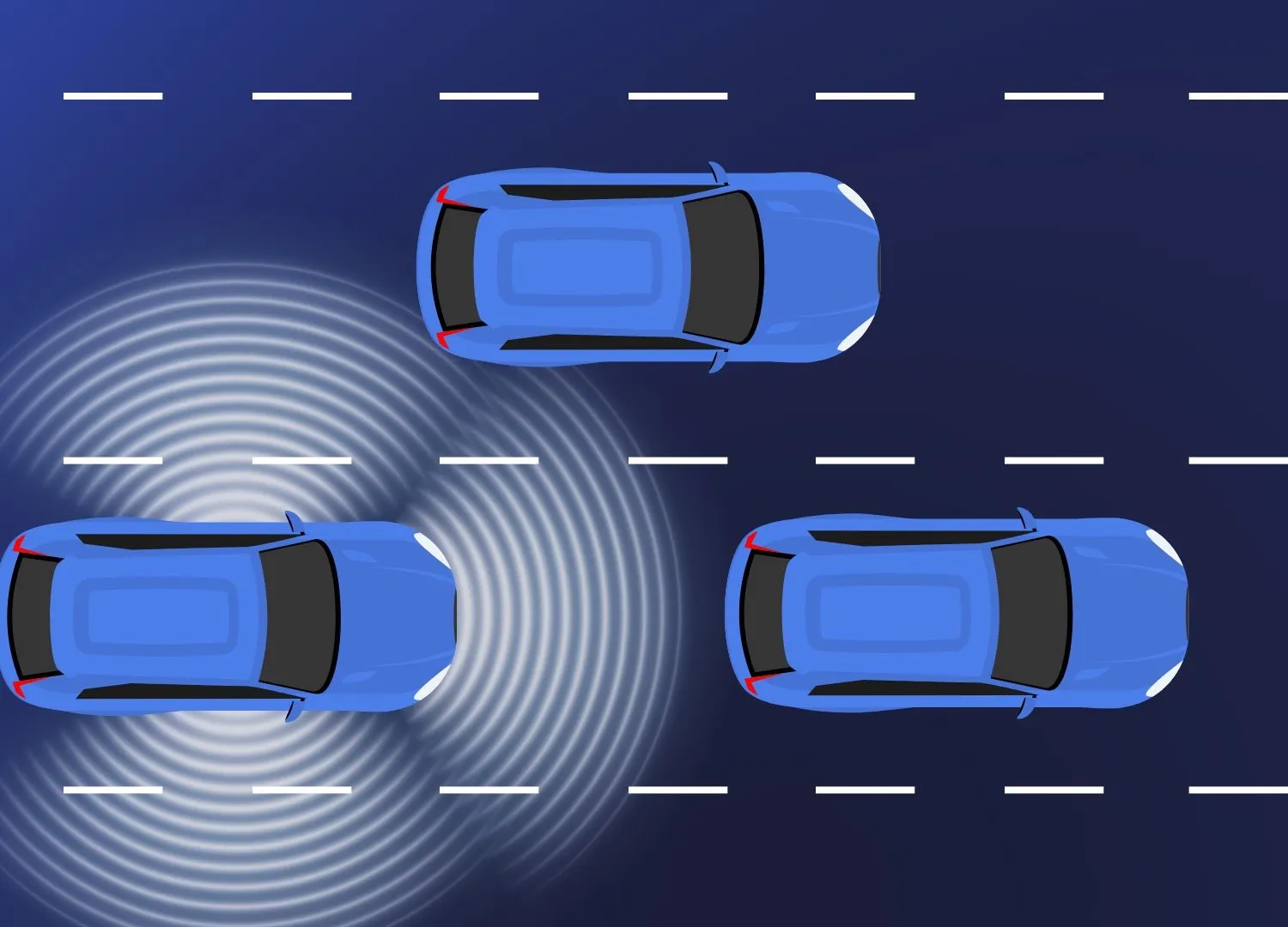Xilinx has made its XA Zynq UltraScale+ MPSoC family available to assist in the development of safety critical advanced driver assistance systems (ADAS) and autonomous driving systems. It is said to deliver the right performance/watt while integrating critical functional safety and security features and is aimed at a range of automotive platforms.
The product integrates a feature-rich 64-bit quad-core ARM Cortex-A53 and dual-core ARM Cortex-R5 based processing system and Xilinx programmable logic UltraScale architecture in a single device.
Additionally, the XA Zynq UltraScale+ MPSoC family offers a safety island designed for real-time processing functional safety applications and is certified to meet ISO 26262 ASIL-C level requirements. The programmable logic can create additional safety circuits tailored for specific applications such as monitors, watchdogs or functional redundancy, allowing automotive safety integrity level decomposition and fault-tolerant architecture designs within an integrated circuit.
Willard Tu, senior director of the Automotive Business Unit at Xilinx, said: "Building on our success in ADAS, with the new XA Zynq UltraScale+ MPSoC family, we are looking forward to enabling the development of next-generation autonomous driving systems with the requisite safety and security. We are proud to expand our automotive product portfolio, continuing to deliver to our customers, and building on our 12+ years of automotive heritage.









